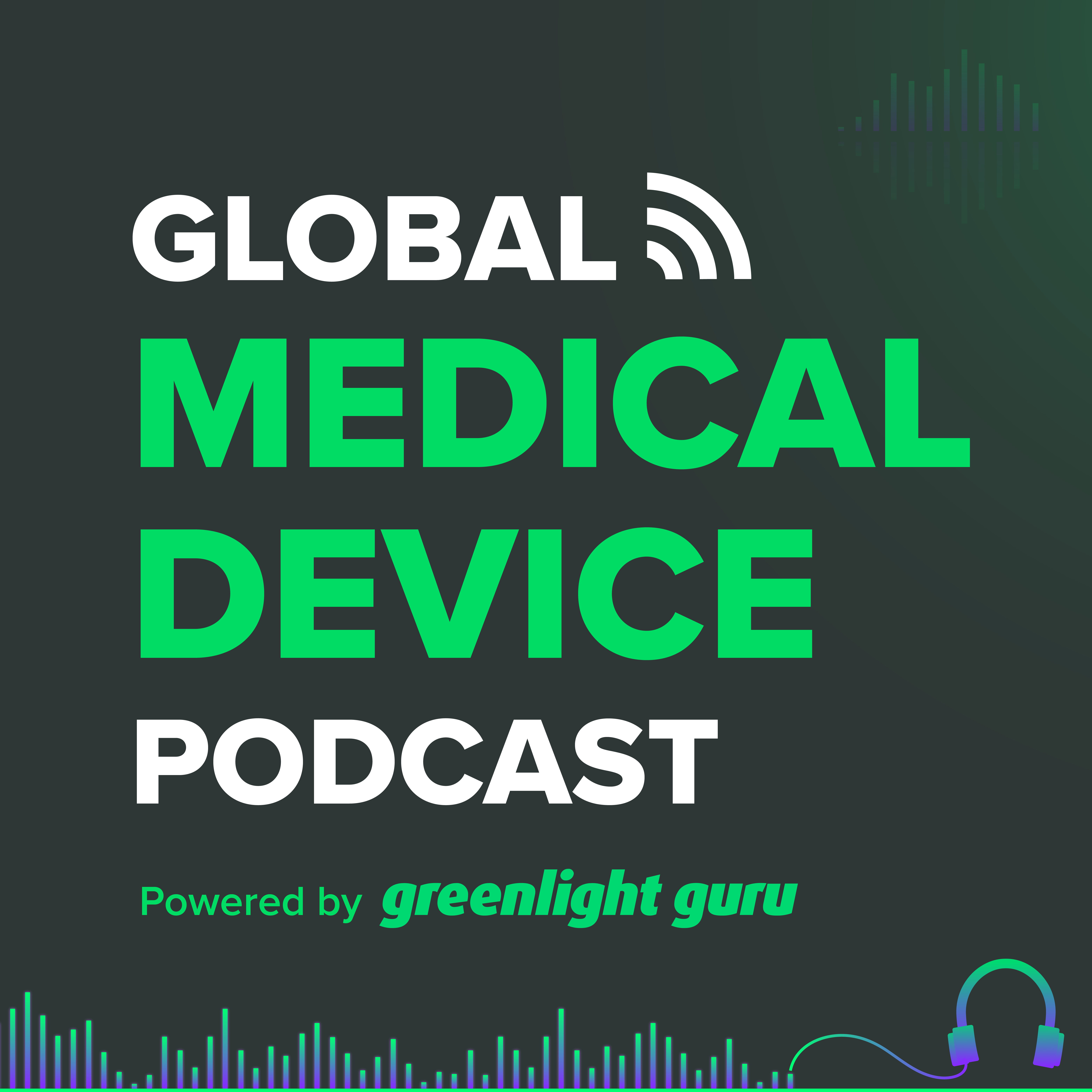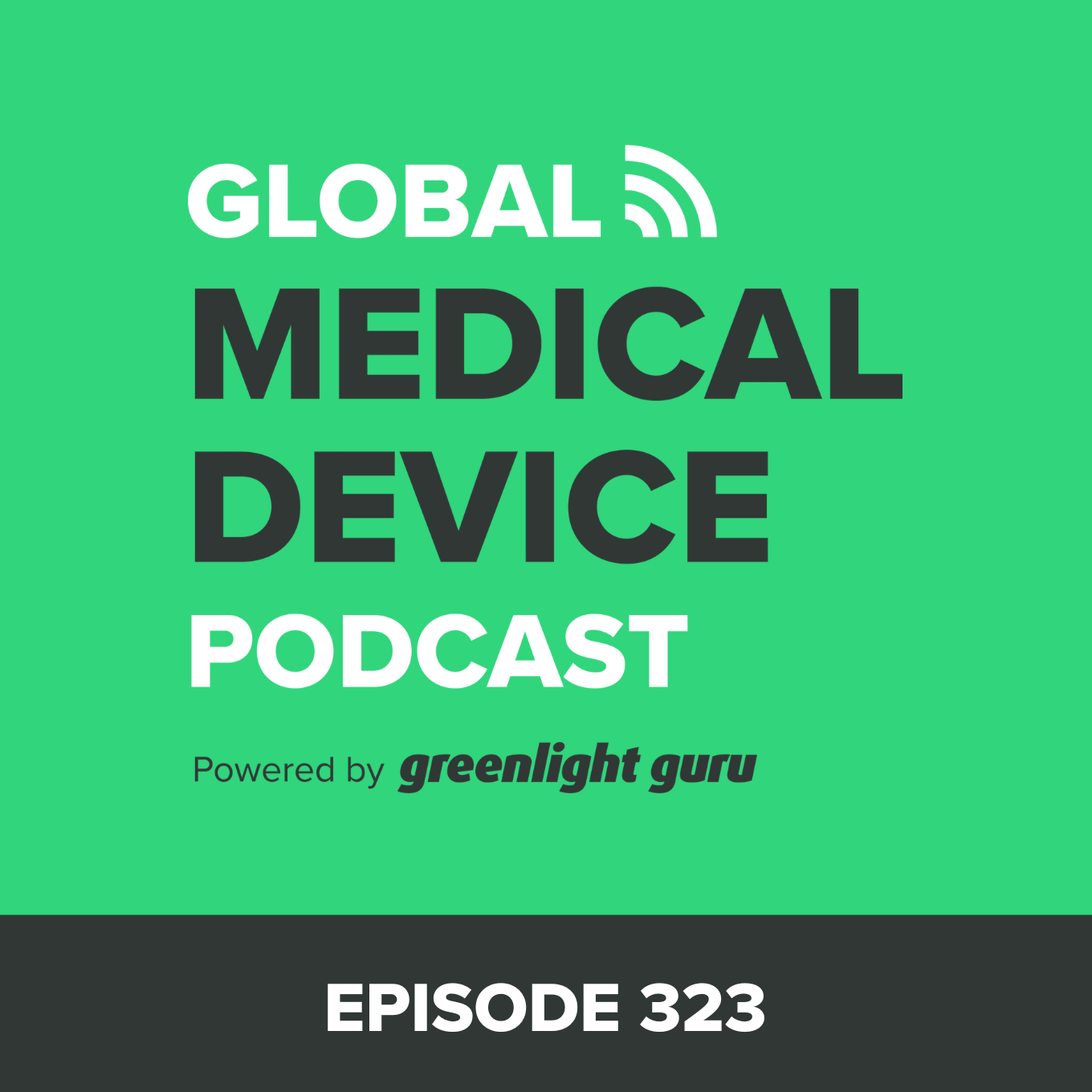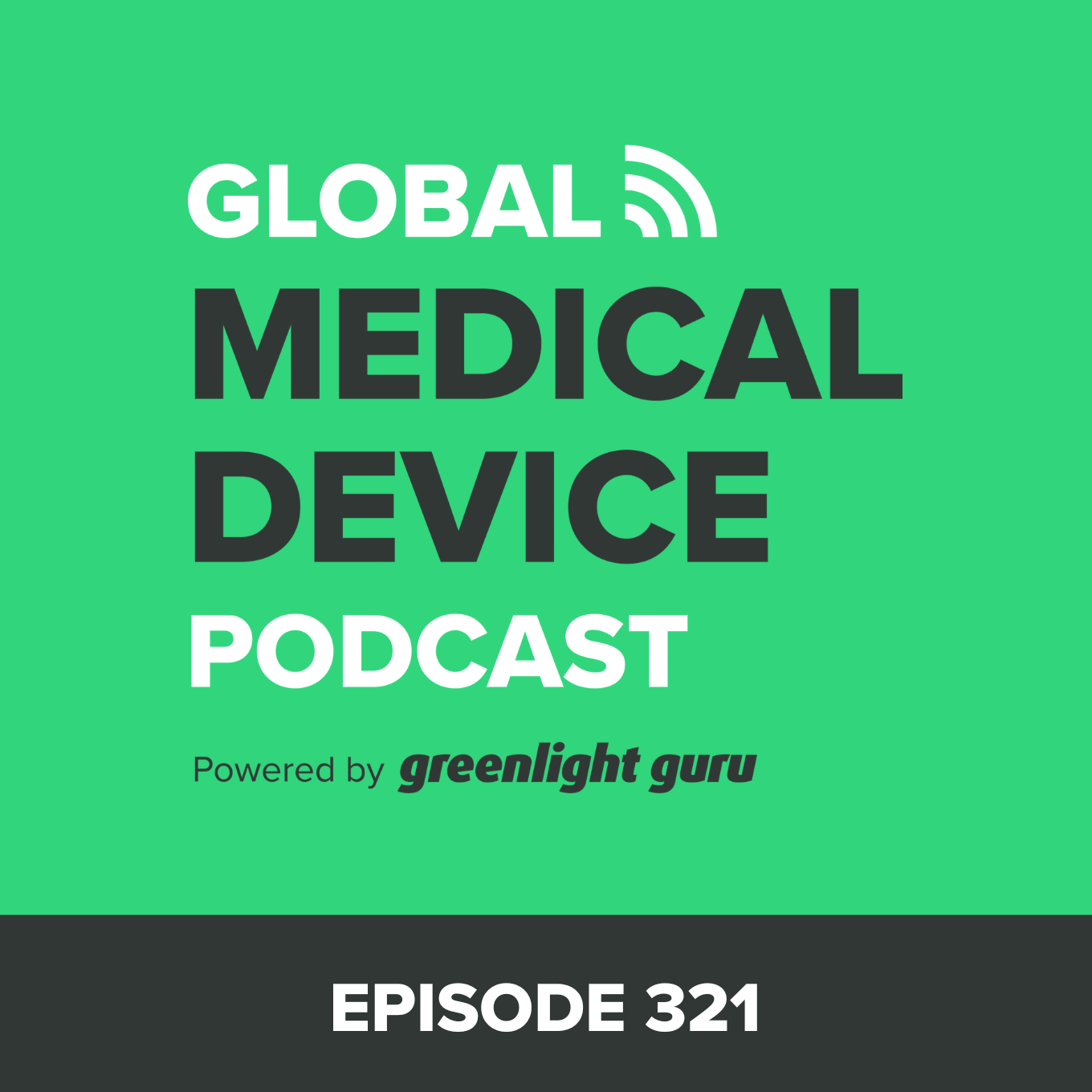Understanding the Benefit-Risk Determinations of FDA's Latest Guidance Documents
00:00
00:00
1x
- 0.5
- 1
- 1.25
- 1.5
- 1.75
- 2
This is a podcast episode titled, Understanding the Benefit-Risk Determinations of FDA's Latest Guidance Documents. The summary for this episode is: If you haven’t realized it yet, risk management in the medical device industry isn’t going away. How do you navigate, capture, and document when and what to do?
In this episode, Jon Speer invites guest Mike Drues of Vascular Sciences to join the show as the two discuss FDA’s two, new guidance documents that provide additional transparency, consistency, and objectivity regarding benefit-risk determinations.
Some of the highlights of the show include:
● Differences between Documents: Under what circumstances that pose a greater risk are acceptable for product submissions vs. appendices related to ISO 14971.
● New nine-page benefit-risk assessment worksheet is oversimplified and presents a non-traditional instead of analytical approach to determining benefit-risk.
● New guidance documents don’t mention 510(k) device, but why? People should already know about uncertainty and risk of 510(k) medical devices via predicates.
● Higher risk is acceptable in various classifications of medical devices, including PMAs and BDPs, and when dealing with small populations.
● Adding to the complexity of medical devices, the guidance documents now include low-, medium-, and high-risk categories and criteria of uncertainty.
● Pay attention to patient’s perspective of uncertainty when available. Are patients willing to truly accept risks and uncertainty to achieve unmet clinical need?
● Mitigate uncertainty in other ways, such as through labeling, degree of need, and clinical evidence/market data of product.
● Probable Benefit of HDE: Efficacy at a lower statistical power may diminish uncertainty due to giving patients early access to a medical device.
Key Takeaways
Risk Throughout the Total Product Lifecycle
00:28 MIN






